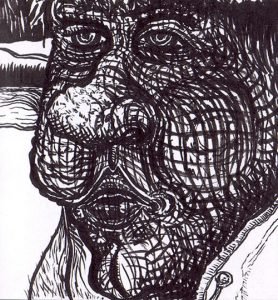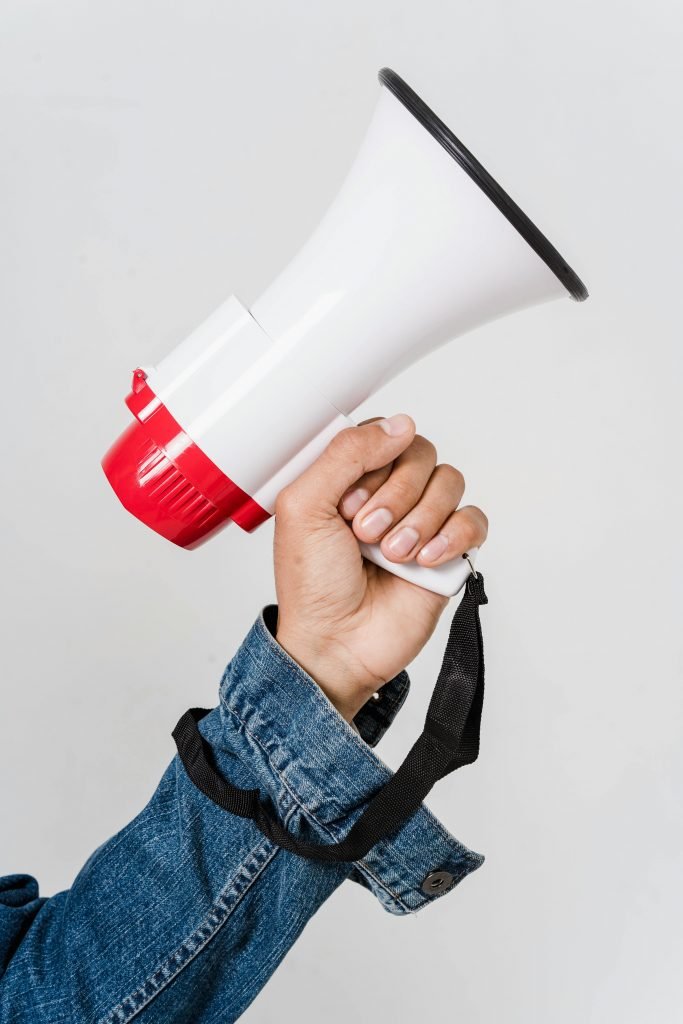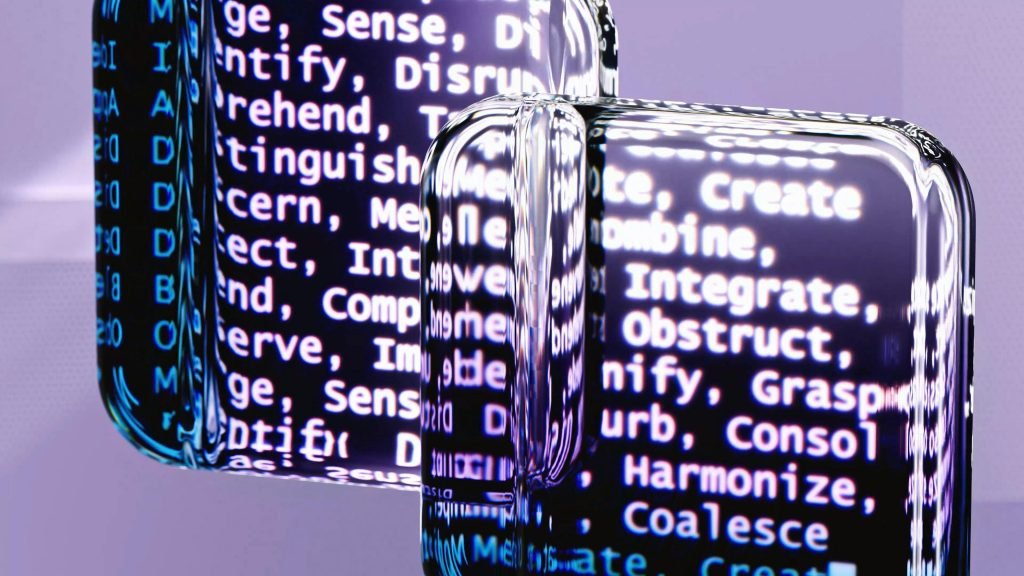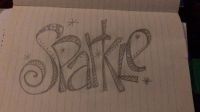How to Protect Your Artwork from AI and Search Engines
Copyright Registration: Establishing Legal Ownership
The first and most essential step in protecting your creative work is to register your copyright. In the United States, this can be done through the U.S. Copyright Office, and similar agencies exist in other countries. Registration provides a public record of ownership and strengthens your legal standing if you need to pursue a DMCA takedown or file an infringement lawsuit. While copyright exists upon creation, formal registration is often required to claim statutory damages and attorney’s fees.
Watermarking: Visual Deterrents for Unauthorized Use
Adding a visible watermark to your images is a simple yet effective way to discourage misuse. A watermark can include your name, logo, or website URL, subtly embedded into the image. Though it won’t prevent scraping or copying entirely, it signals ownership and can help establish provenance if disputes arise. For best results:
- Place the watermark in a non-croppable area
- Use semi-transparent overlays to avoid disrupting the artwork
- Include metadata tags with copyright information
Anti-Scraping Tools: Shielding Your Style from AI Training
Emerging tools like Glaze offer a more advanced layer of protection by subtly altering your images to confuse AI models. These changes are imperceptible to human viewers but disrupt the ability of machine learning systems to extract stylistic features. Glaze is particularly useful for artists concerned about their work being used to train generative models without consent.
Other tools in development include:
- Nightshade: A companion to Glaze that poisons training data
- Spawning’s “Do Not Train” tags: Used to signal opt-out preferences
Limiting Public Exposure: Share Strategically
Avoid uploading high-resolution versions of your work to public platforms unless necessary. Instead:
- Use thumbnail previews or compressed versions
- Choose platforms that prioritize artist rights, such as Sketchbooks.org or DeviantArt
- Review platform policies for AI training and data sharing
Opt-Out Mechanisms: Know Your Rights
Some websites and platforms now offer opt-out options for AI training. These may include:
- Metadata flags like
noaiornoindex - Platform-specific settings to exclude your content from datasets
- Legal notices or terms of service that prohibit scraping
Always read the fine print before uploading your work, and consider contacting platform support if opt-out options aren’t clearly visible.
Monitoring and Enforcement: Stay Vigilant
Use reverse image search tools such as:
These tools help you track where your artwork appears online. If you discover unauthorized use, you can:
- File a DMCA Takedown Notice
- Contact the platform directly
- Seek legal advice if the infringement is severe or repeated

Sketchbooks.org | TRADITIONAL MATERIALS
the Legendary Pentel FKP Brush Pen from Japan
Elevate Your Artistic Journey When it comes to essential materials for drawing and design, few products are as revered as the Pentel FKP Brush Pen from Japan. Known for its incredible versatility, precision, and adaptability,...
What to Do If Someone Uses Your Art Without Permission
Step 1: Verify the Unauthorized Use
Before taking action, confirm that the artwork in question is indeed yours and that it’s being used without your consent. Use tools like Google Reverse Image Search or TinEye to locate where your art appears online. Check whether the use falls under fair use, licensed use, or public domain—if not, you may have grounds to proceed.
Step 2: Document the Violation
Gather clear evidence of the infringement. This includes:
- Screenshots of the unauthorized use
- URLs or platform links where the art is displayed
- Date and time stamps
- Any associated metadata or context
Keep this documentation organized and backed up. It will be essential if you need to file a DMCA notice or pursue legal action.
Step 3: Contact the Offender Directly
In many cases, a polite and professional message can resolve the issue. Reach out to the individual or organization using your art and explain:
- That you are the original creator
- That the use was unauthorized
- What action you’d like them to take (e.g., removal, credit, licensing)
Use written communication (email or direct message) so you have a record of the exchange. Avoid hostile language—many infringements stem from misunderstanding rather than malice.
Step 4: File a DMCA Takedown Notice
If the artwork is hosted online and the offender doesn’t respond or comply, you can file a DMCA Takedown Notice with the hosting platform. Most websites, including social media platforms and web hosts, have procedures for submitting these notices. Be sure to include:
- A description of your copyrighted work
- The location of the infringing content
- Your contact information
- A statement of good faith belief that the use is unauthorized
- A declaration under penalty of perjury that you are authorized to act
Once submitted, platforms are legally obligated to act “expeditiously” to remove the content.
Step 5: Seek Legal Advice if Necessary
If the violation continues or escalates, consult an attorney who specializes in intellectual property law. They can help you:
- Send a formal cease-and-desist letter
- Negotiate licensing terms or compensation
- File a lawsuit for damages or injunction
Legal counsel is especially important if the infringement involves commercial use, repeated violations, or reputational harm.
Step 6: Strengthen Future Protections
Use this experience to reinforce your defenses against future misuse. Consider:
- Registering your copyright formally
- Adding watermarks or metadata to your images
- Using platforms that support artist rights
- Exploring licensing options for controlled sharing
Educating yourself on copyright law and digital rights empowers you to protect your work proactively.

Ready to Share Your Work?








YES